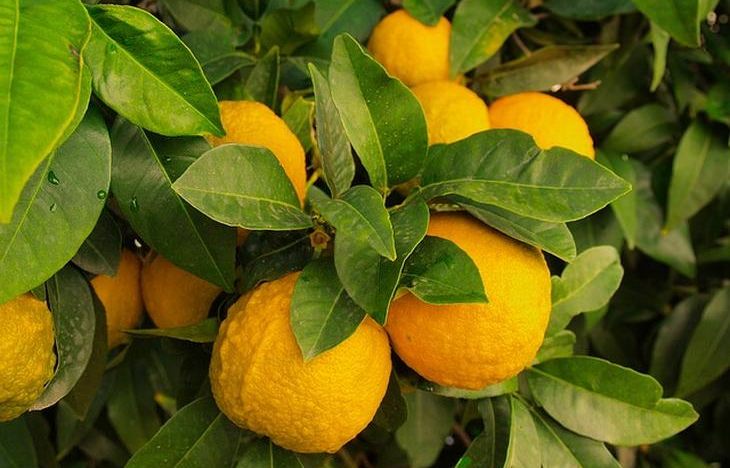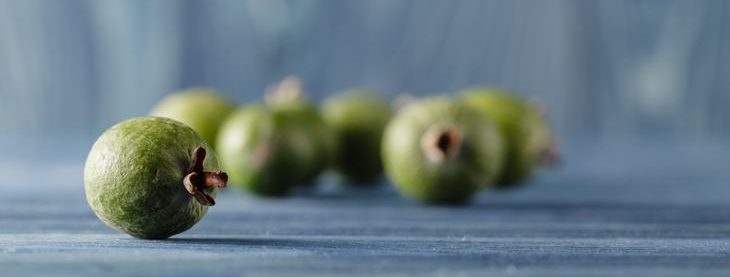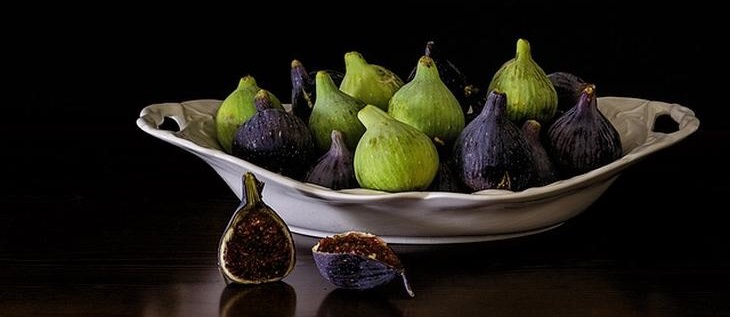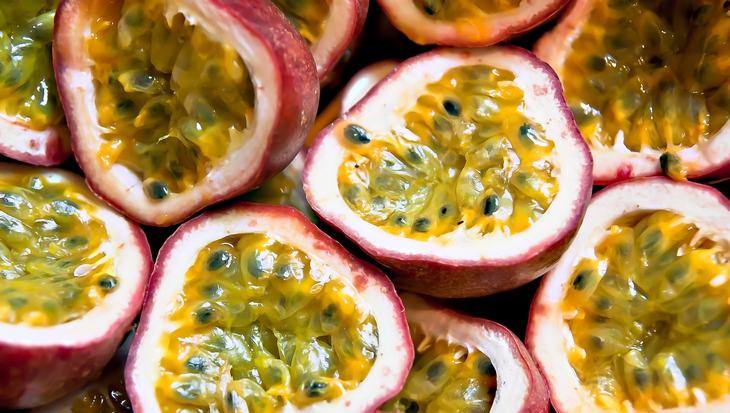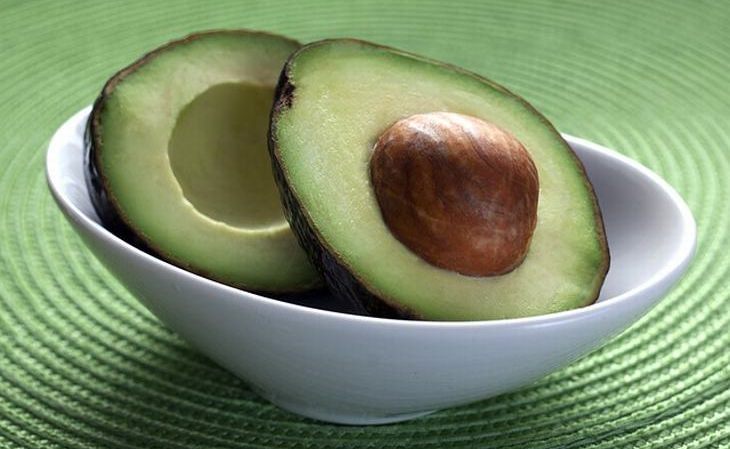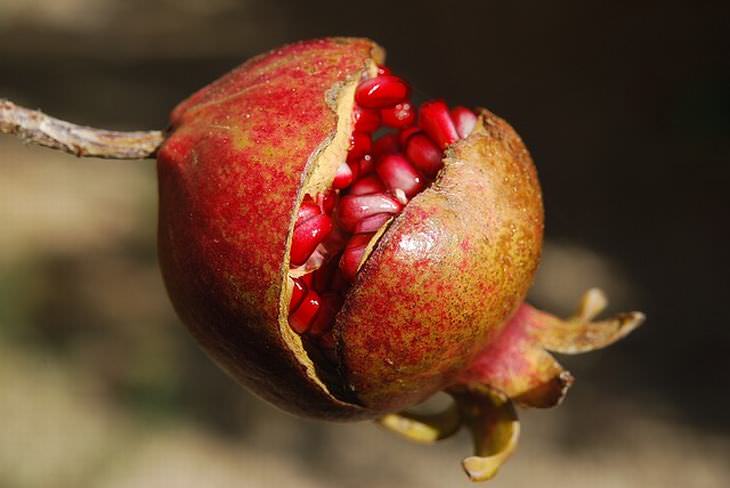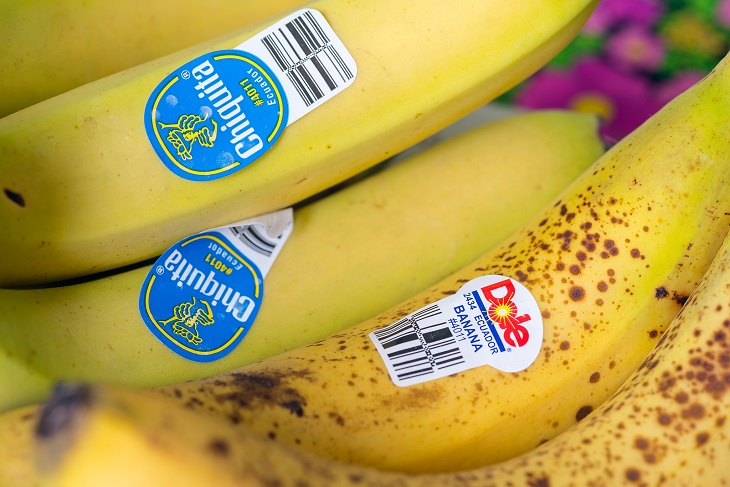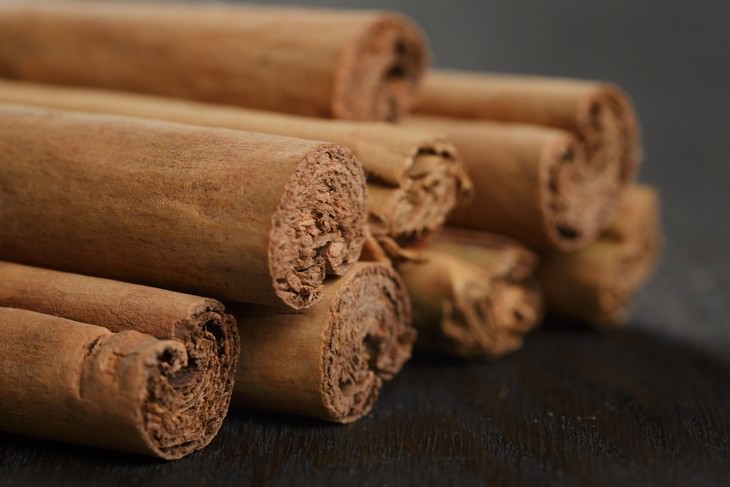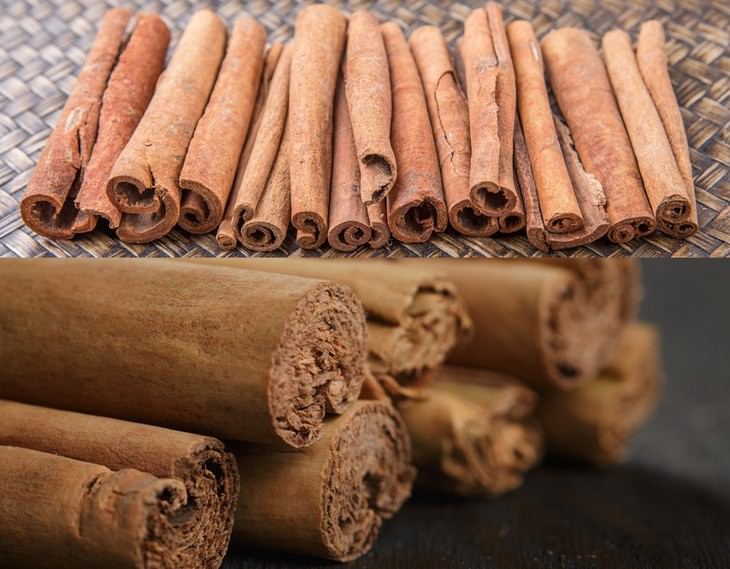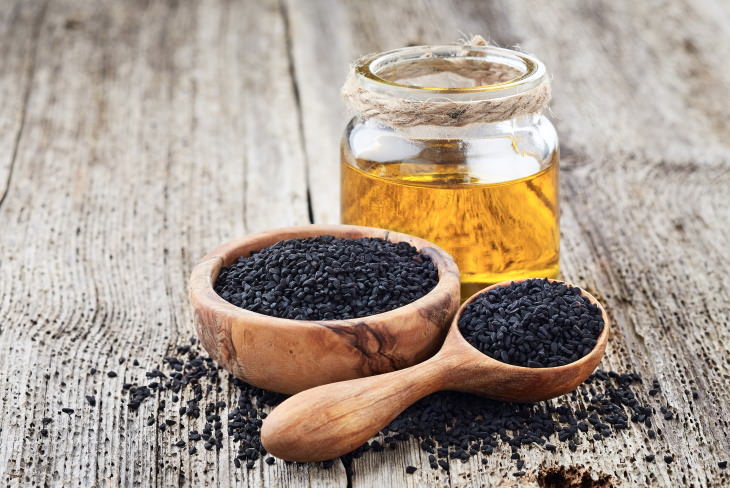My nephew kept asking me to make for him aloo/potato parantha. I kept telling him, when I feel better, as my right hand was aching due to fracture. Then I had bought 2 big corns, I boiled them ( was remembering my hubby who used to ask me for boiled corn). With the knife, I peeled the corn and kept in the fridge, used to add few with curds when I used to take to eat certain dishes, as everything was spicy for me, then I thought why not make corn gravy to go with aloo parantha.
INGREDIENTS
corn boiled and removed or can remove them easily with a knife.
onions 2 big finely chopped
tomatoes 3 big finely chopped
jeera/ cumin1 tsp
oil 2 tbsp or less
salt to taste
turmeric pdr/ 1/2 tsp
chili pdr to taste
kitchen king masala 1 tsp
coriander leaves finely chopped
METHOD
heat oil in a kadai, add jeera, once it crackles add onion with wee bit salt and fry till light brown
add tomatoes add turmeric and chili pdr, mix well, cover and fry till tomatoes are well cooked
now add corn little water, if you add added salt while cooking corn, be careful of the salt you need.
mix well, cover, let it simmer for 5-7 minutes till corn is well mixed with the other ingredients, add kitchen king masala, it you don't have add garam masala, mix well, let it simmer for another 2 minutes, add little water if needed. Add coriander leaves finely chopped, mix, garnish with few on top to serve.
Serve hot with aloo parantha.
https://gscrochetdesigns.blogspot.com. one can see my crochet creations
https://cancersupportindia.blogspot.com. feel free to view for easy, simple and health tips
https://kneereplacement-stickclub.blogspot.com. for info on knee replacement
https://GSiyers home remedies.blogspot.com is the latest addition to my blogs.







